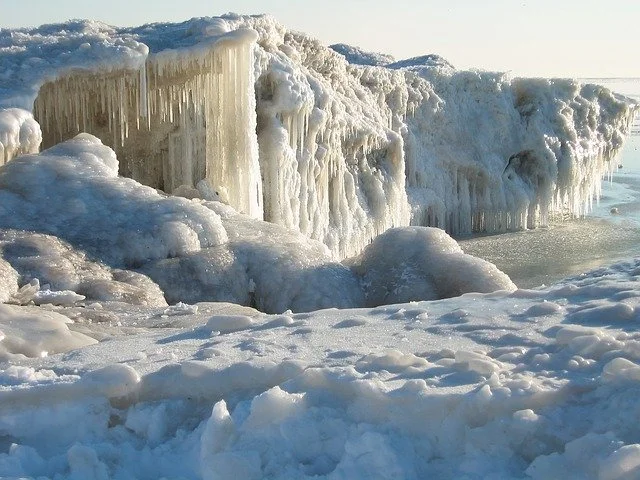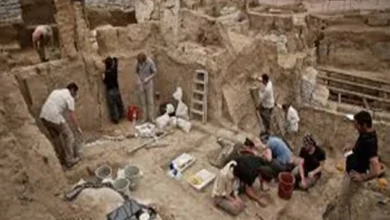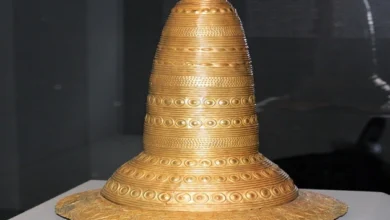How Arctic ice revealed the secrets of the Roman Empire

Having studied the glaciers of the Arctic, scientists were able to make unexpected discoveries that shed light on the history of Ancient Rome.
When we talk about Ancient Rome, the last place that an inquisitive historian will turn to is the Arctic ice. However, as it turned out, glaciers are a real “time capsule” of natural origin. Since ice in the Arctic freezes but very rarely melts, its content persists for thousands of years.
In 2018, a team of scientists studied gas inclusions inside Arctic glaciers. In fact, this gas is a fragment of the atmosphere of the past, so that researchers were able to get an idea of its composition and, in particular, the concentration of carbon dioxide in the air.
However, the work was not limited to this: scientists were looking for traces of lead. The fact is that although lead itself was a very popular metal in ancient Rome, a significant part of it entered the atmosphere during the processing of another, much more valuable metal – silver.
Thus, the more lead in the atmosphere, the more active silver production was in a particular period of Roman history. According to researchers, an increase in the amount of precious metal in circulation indicates a strengthening of the economy.
This is very valuable information since only a small part of the financial statements of those years have survived to this day. As a result, scientists have confirmed the hypothesis previously put forward by historians: in the period from 27 to 180 AD. Rome was at its peak of economic development, and levels of decline in lead samples coincided with periods of epidemics and invasions, during which the economy was expected to decline.




